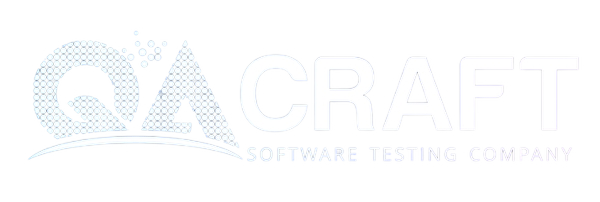Difference Between Manual and Automation Testing
Software Testing is a process to ensure our software or app matches and fulfills user requirements. There are two types of software testing: Manual and automated. Both have advantages, disadvantages, and limitations.
Manual Software Testing
Manual Testing is a process in which a tester tests software applications manually, without using automated tools or executing code. (e.g., Tester generates Test Cases and executes and submits bug reports).
↳ Advantages of Manual Testing:
- Manual testing captures real user experience.
- Testers can quickly adapt to changes (flexibility) in test cases or project requirements.
- Manual testing is cost-effective and ideal for small and short-term projects.
- Easier to learn for beginners.
↳ Disadvantages of Manual Testing
- Manual Testing requires human resources, which are quite expensive.
- Manual Testing needs human intervention, so it is slower than automation testing for big or complex applications or projects.
- Non-functional testing is difficult in manual testing.
- Manual Testing highly depends on humans, so human errors concerning the close attention to detail, experience, and fatigue levels of the tester.
Automation Software Testing
Automation Testing is a process in which a tester uses tools to write and execute test scripts to ensure the app works as expected. (e.g., Automation Tools are Playwright, Selenium, Cypress, etc.)
↳ Advantages of Automation Testing:
- Automation Testing is faster and more efficient than manual testing in large and complex apps or projects.
- Automation Testing depends less on humans and more on code, so it is more accurate than manual testing.
- Test scripts can be reused across multiple testing cycles, and are ideal for repetitive tasks (e.g., Regression or Load testing)
- Automation Testing can easily integrate with CI/CD pipelines for continuous testing.
↳ Disadvantages of Automation Testing
- Automation Testing requires investment in initial setup and resources.
- Automation testing cannot test every functionality.
(e.g., captcha/reCAPTCHA)
- When APIs or Functionality change, then maintenance is needed in Automation Testing.
- Automation Testing is sometimes less effective in comparison to manual testing from the end user’s perspective.
Key Differences Between Manual and Automated Testing
| Aspect | Manual Testing | Automation Testing |
| Effort | Required more human interaction. | Requires less human interaction |
| Speed | Slow due to manual intervention. | Fast due to repetitive tasks. |
| Flexibility | Highly flexible for new scenarios or functionality. | Less flexible for new scenarios or functionality. |
| Cost | High initial cost in the long term | Low initial cost in the long term. |
| Consistency | Less consistent due to human error | Highly consistent |
| Scalability | Limited scalability | Highly Scalable |
When to Use Manual Testing?
- When the application or project is small and less complex.
- When a user interface is required in testing
- When exploratory or ad-hoc testing is necessary for testing.
- When test cases are complex and require human judgment, feedback, or creativity.
When to Use Automation Testing?
- When the application or project is large and more complex.
- When repetitive tasks are present in apps or projects.
- When regression, load, and performance testing are required.
- When we want to reduce the cost and time.
Also Read: Difference Between Selenium V/S Automation Testing
Conclusion
Manual and Automation Testing enhance test coverage and efficiency. Manual Testing is ideal for Exploratory, Ad Hoc, and Usability Testing, and Automation Testing is ideal for Regression, Performance, Load teTestingand repetitive tasks. The choice between them depends on factors like project requirements, timeline, budgets, and the nature of the application. Combining Manual and Automation works best to ensure the highest quality app or software.
